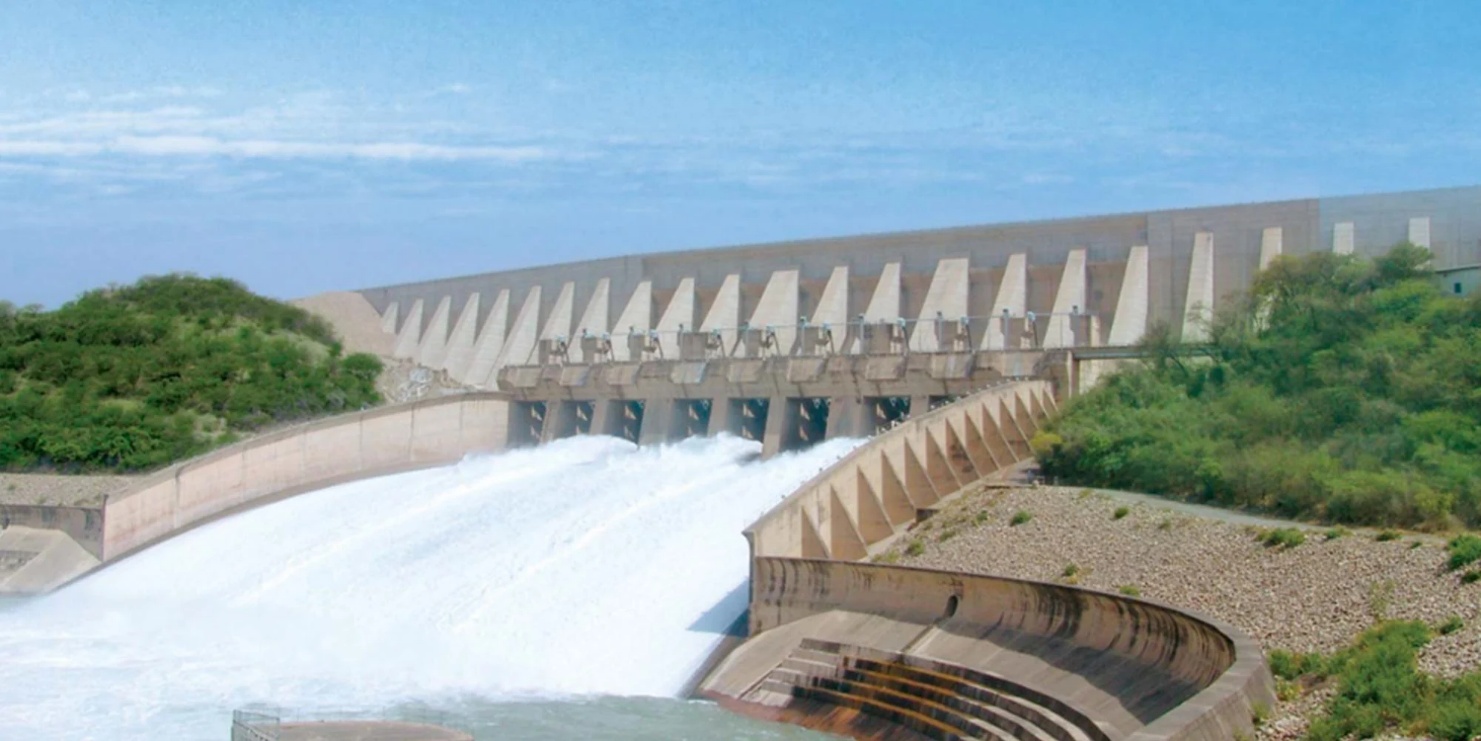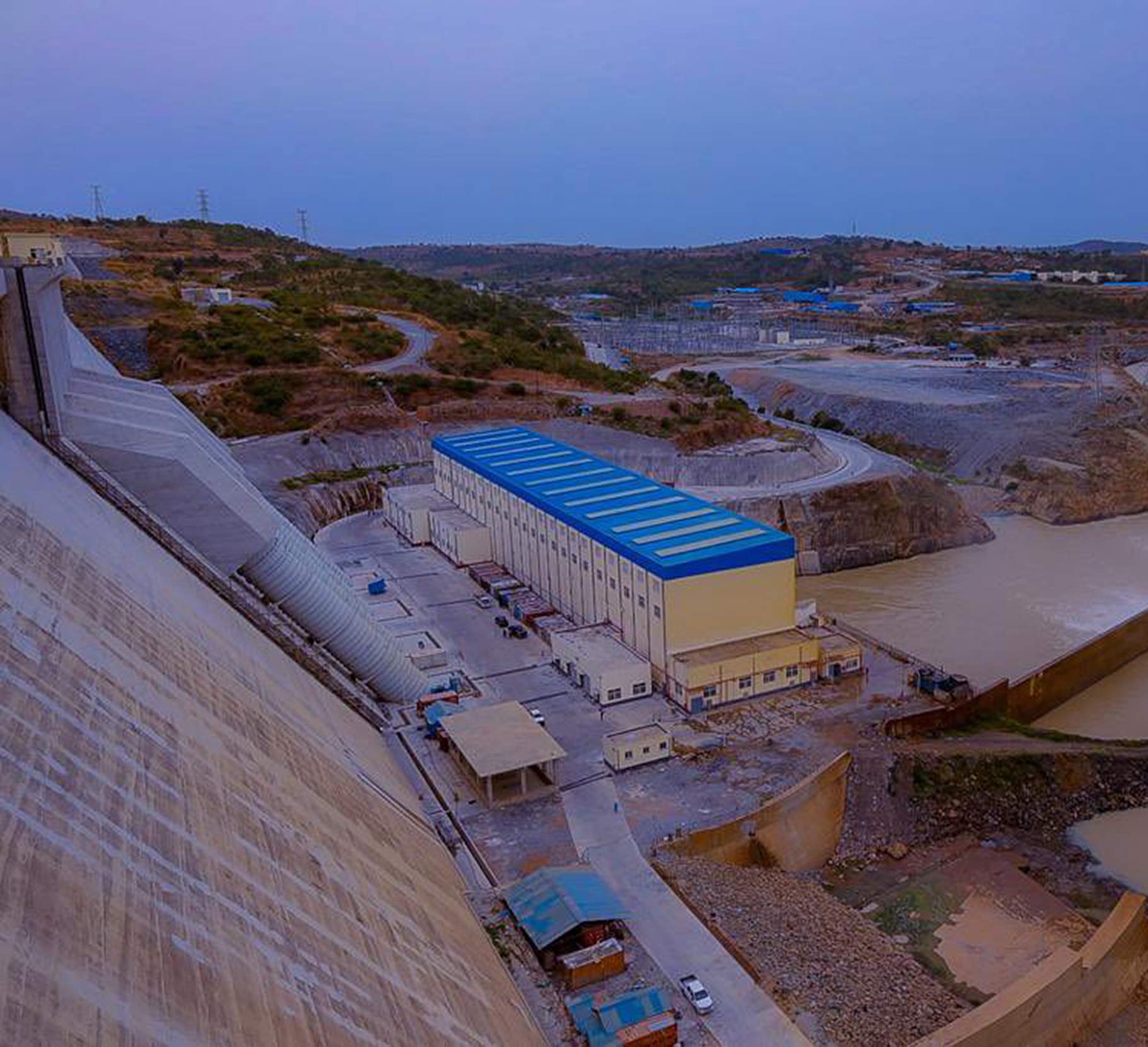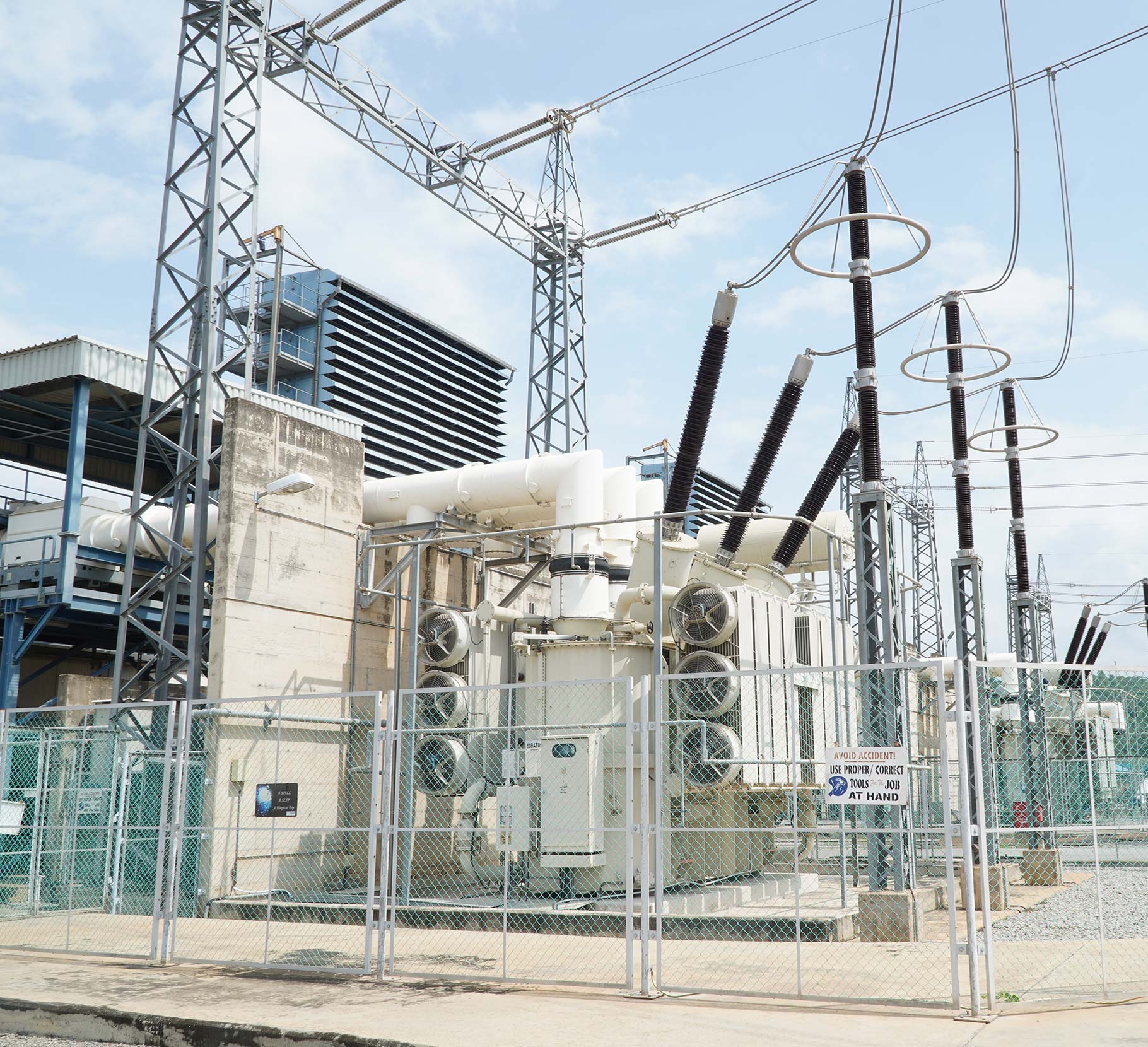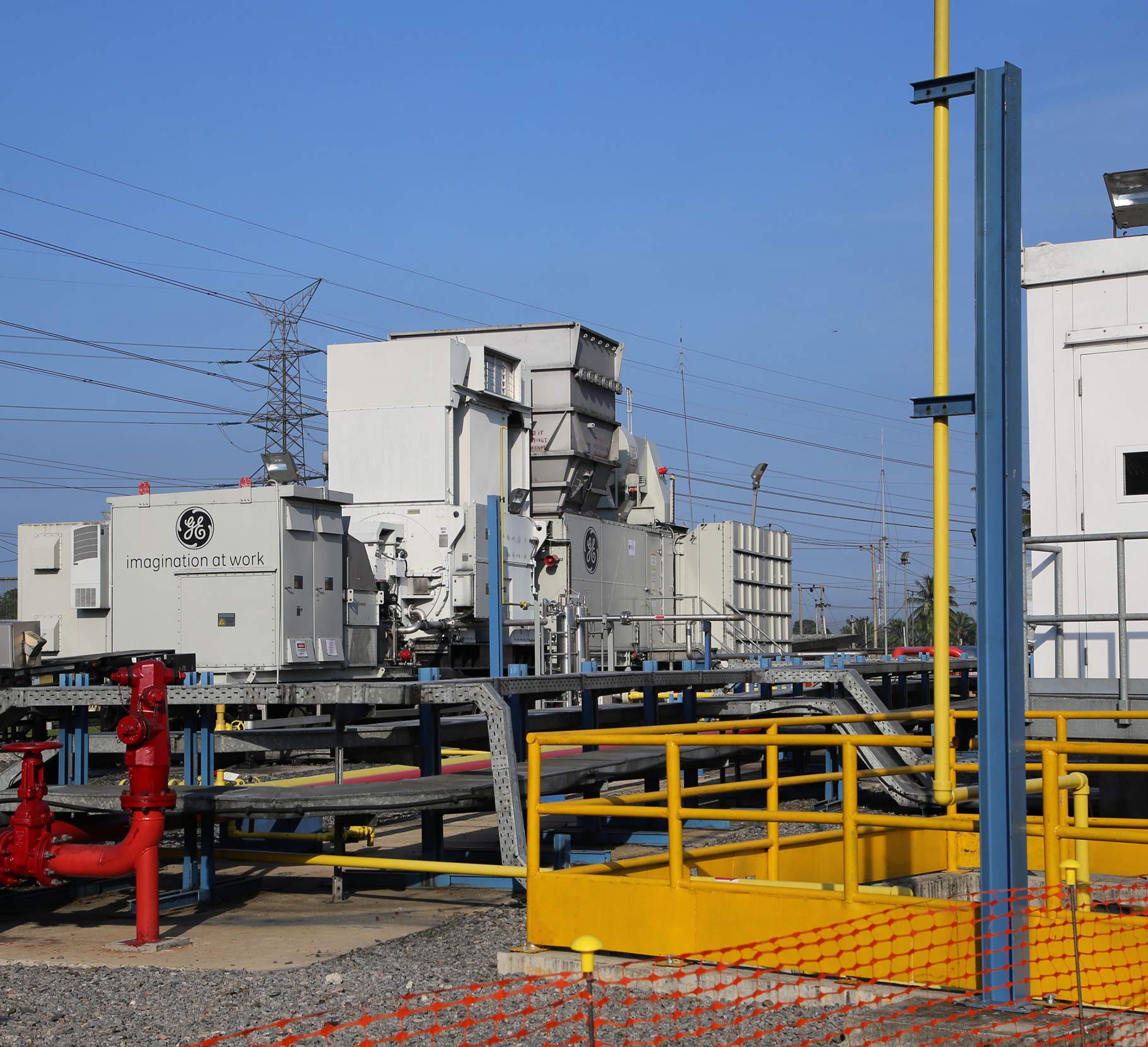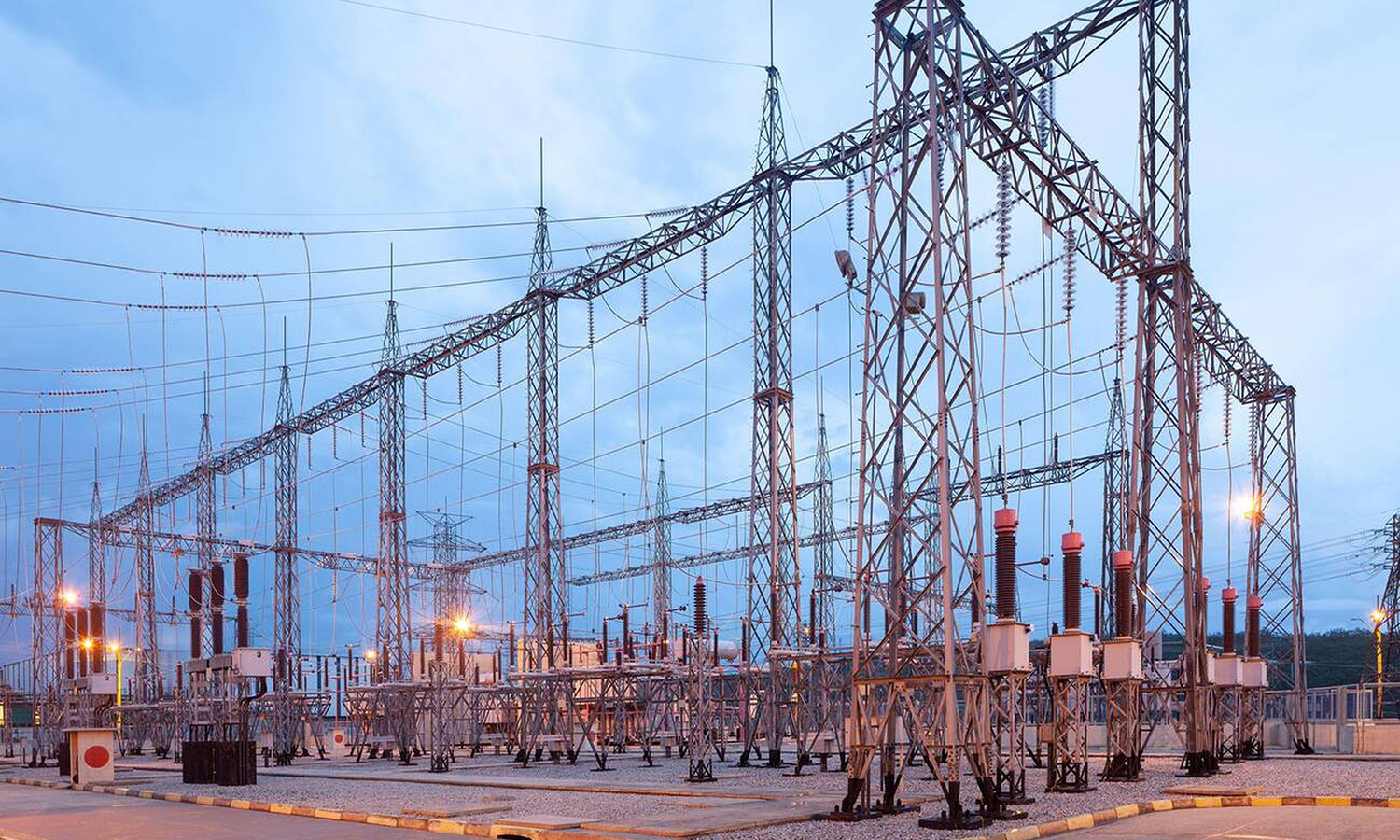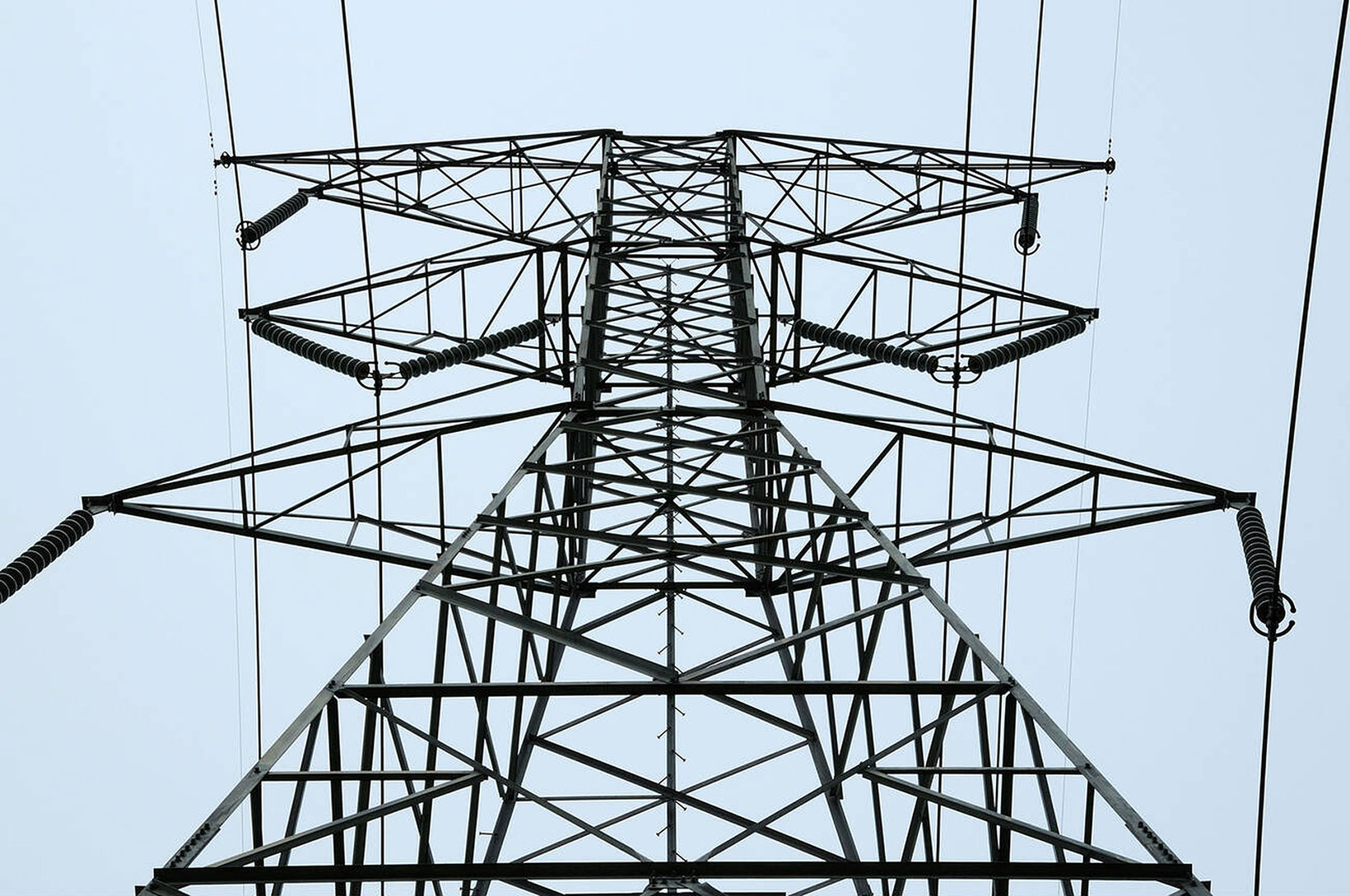
Before 1999, Nigeria’s electricity sector was dominated by the National Electric Power Authority (NEPA), a state-owned monopoly riddled with inefficiencies. Years of underinvestment, obsolete infrastructure, and poor management left the country with one of the lowest electricity access rates in the world.
Key realities before reform:


The Reform Process
Recognising this crisis, the Federal Government launched a bold reform agenda to:
Unbundle PHCN
- Unbundle the sector into generation, transmission, and distribution components
Privatise GenCos and DisCos
- Attract private investment and improve operational efficiency.
Upgrade Infrastructure
- Modernise infrastructure and reduce government’s fiscal burden.
Create a Transitional Electricity Market (TEM)
- Lay the foundation for a cost-reflective, competitive electricity market.
The reform gained legal backing through the Electric Power Sector Reform Act (EPSRA) of 2005 , which:
NERC Creation
- Created the Nigerian Electricity Regulatory Commission (NERC).
PHCN Formation
- Established the Power Holding Company of Nigeria (PHCN) as a transitional entity
NBET Creation
- Created the Nigerian Bulk Electricity Trading Company (NBET) as a market stabiliser
PHCN Unbundling
- Unbundled PHCN into 18 successor companies: 6 GenCos, 1 Transmission Company (TCN), and 11 DisCos.
In 2013, the BPE executed the landmark privatisation of the successor GenCos and DisCos, handing control of the assets to private investors. The Transmission Company of Nigeria (TCN) remained government-owned.
Distribution Companies (DISCOs) deliver electricity to end-users as the final link in the power value chain. The Nigerian Independent System Operator (NISO) ensures transparency and efficiency in grid management. Through the Distribution Sector Recovery Program (DISREP), sector reforms are reinforced to promote accountability and a sustainable electricity supply system.

The Nigerian Independent System Operator (NISO)
Transactions
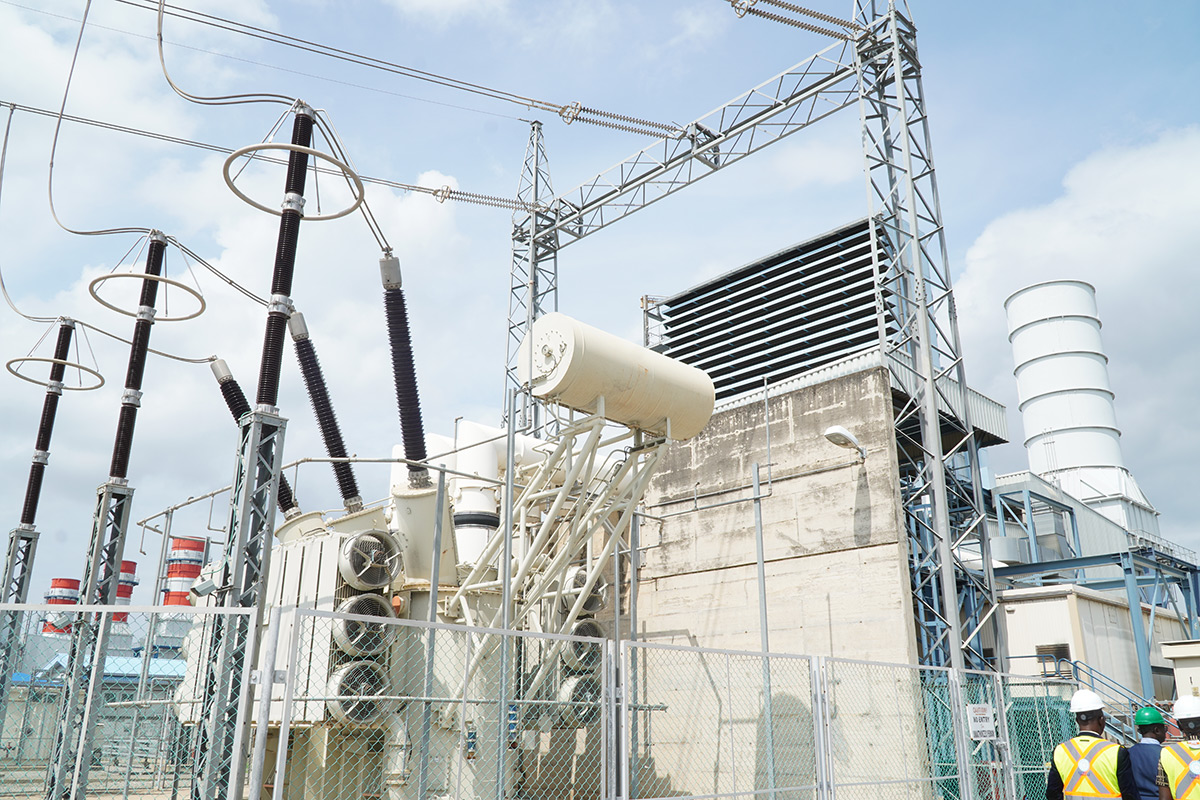

The Bureau of Public Enterprises (BPE) led the implementation of the Federal Government’s privatisation policy, ensuring a transparent and well-executed transition. The Bureau’s key achievements include:
- Designing the transaction structure and evaluation framework
- Conducting financial, legal, and technical due diligence
- Attracting over $2.5 billion in private capital
- Ensuring fairness and resolving legacy labour issues (over 47,000 PHCN staff paid severance and pension)
GenCos: A New Era of Power Production
Under the privatisation framework, six GenCos were either sold or concessioned:
GenCo
Type
Installed Capacity (MW)
Kainji & Jebba
Shiroro
Geregu
Ughelli
Sapele
Afam
Notable outcomes since privatisation:
Post-Reform Achievements
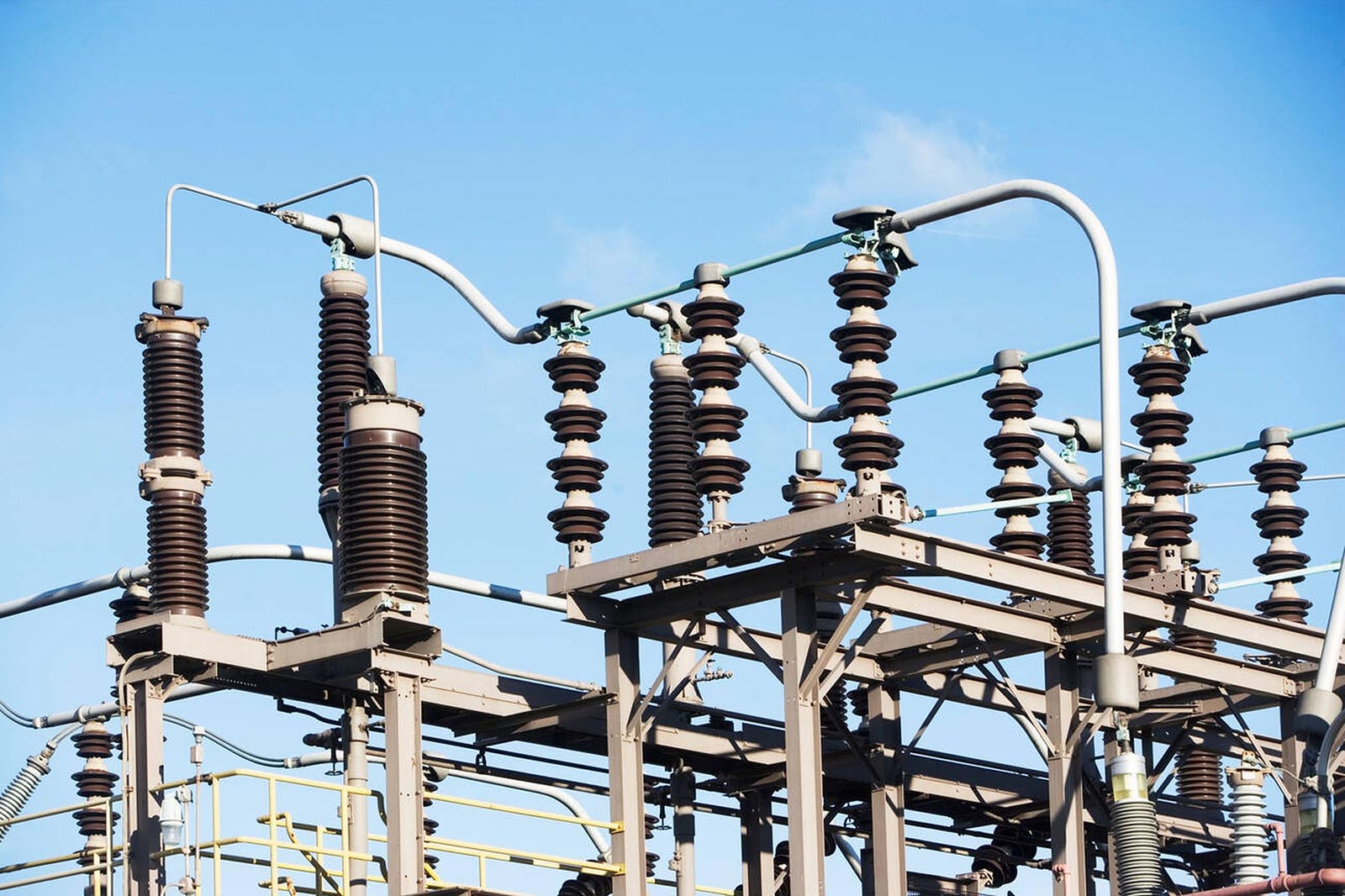
The power sector reform—anchored by BPE’s successful privatisation of GenCos and DisCos—has catalysed the transition from a state-run, failing monopoly to a more competitive, investment-driven electricity industry. With over 13,000MW installed, improved regulation, and a legal foundation for decentralised markets, Nigeria is on the path to building a resilient, investor-friendly, and consumer-focused power sector. BPE remains committed to strengthening market reforms and unlocking Nigeria’s electricity potential for economic growth, industrial development, and national prosperity.


